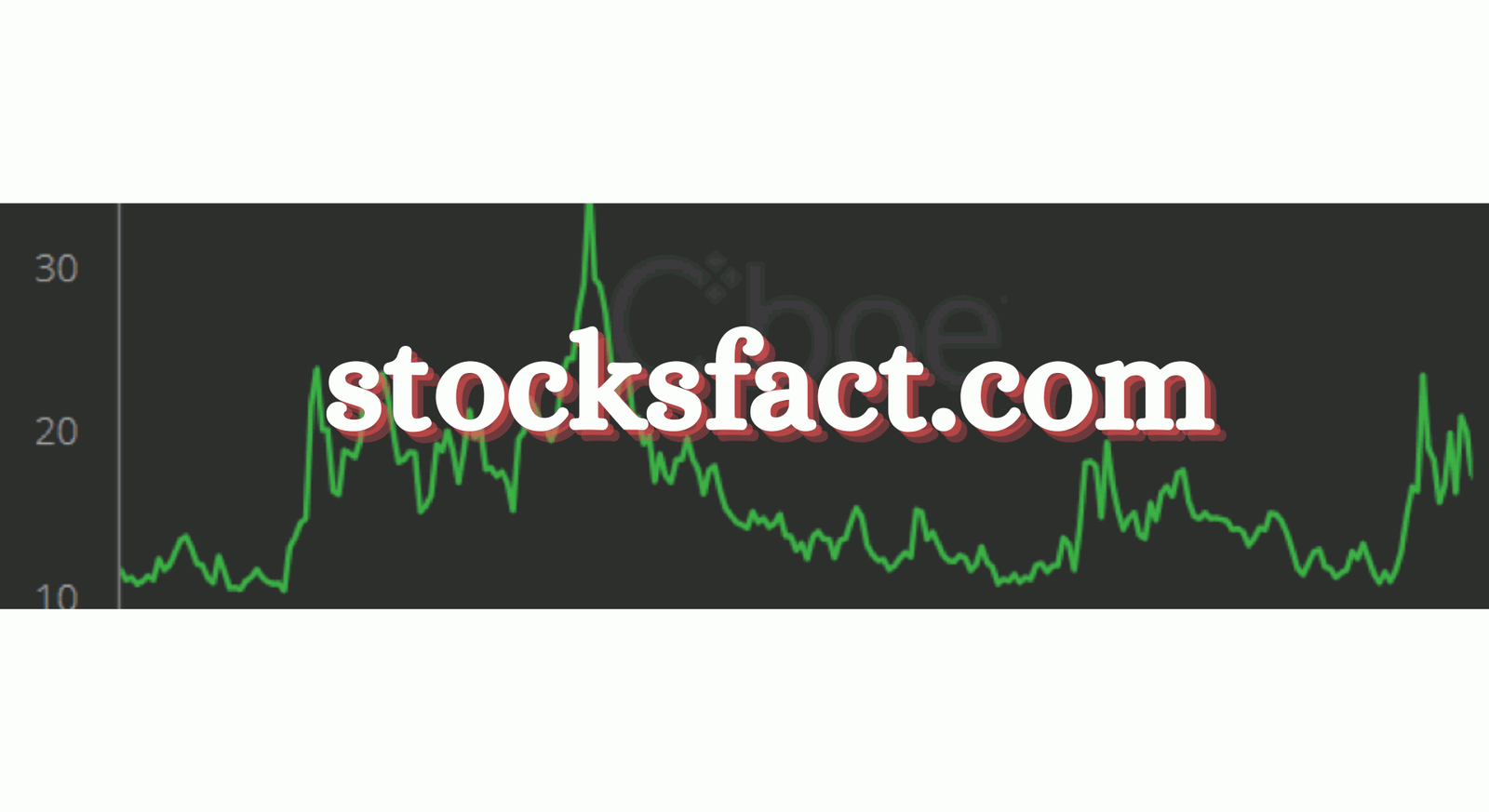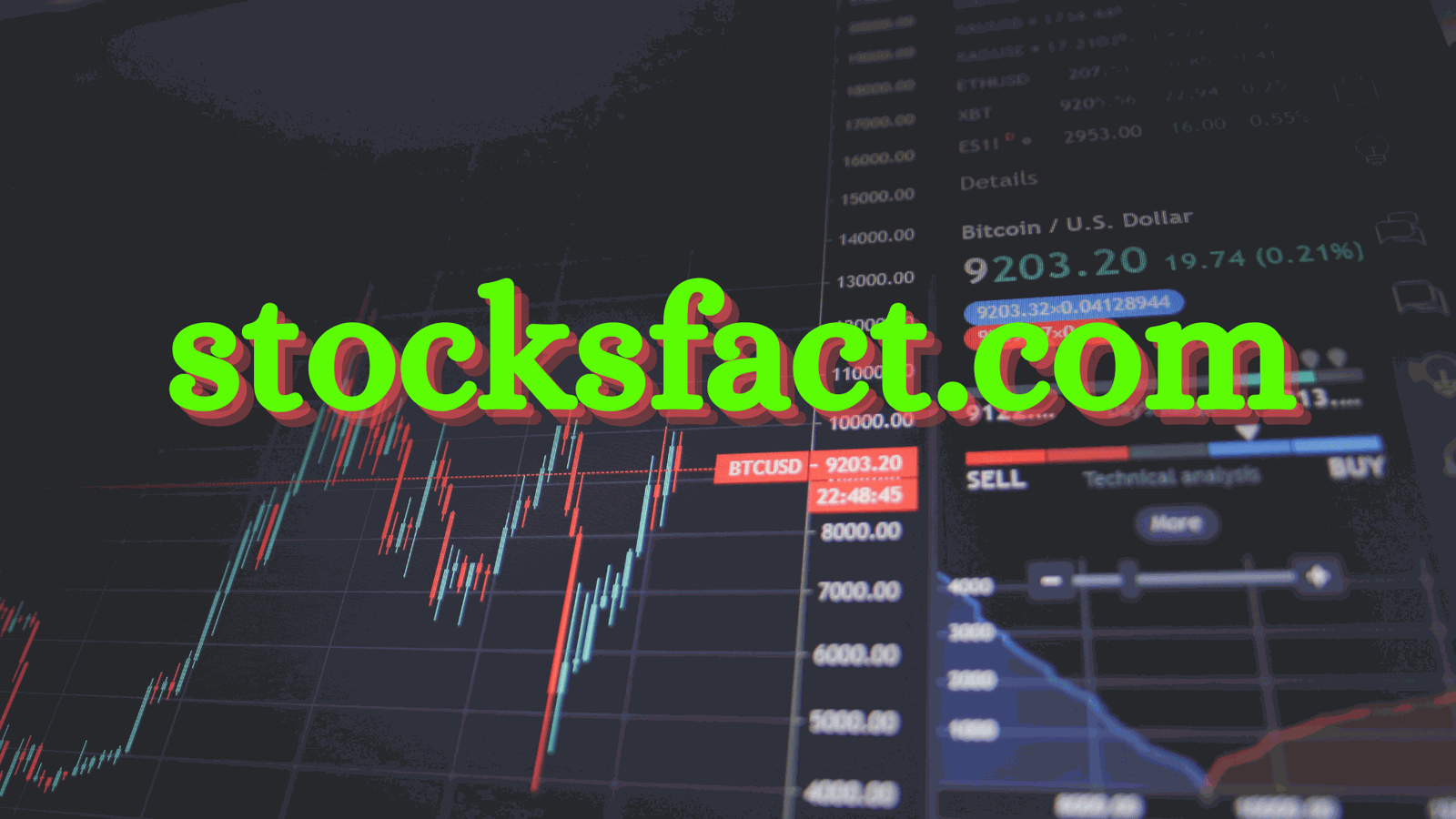Understanding Maximum Stock A Comprehensive Guide to Calculation and Importance

Understanding Maximum Stock A Comprehensive Guide to Calculation and Importance

One way that businesses manage the number of stocks in their warehouse is by using maximum stock. The mission of any organization is to fulfill the need for its items and, to do as such, it should do all that could be within reach to try not to run unavailable and, simultaneously, forestall coming to an overload circumstance.
The maximum stock is a way of establishing that upper limit that should not be exceeded. Doing so would result in excess spending due to storage costs or due to the loss of value of the merchandise, due to it being perishable or due to the risk of it becoming obsolete. Therefore, it is important to closely monitor this indicator.
What is the maximum stock?
The most extreme stock is the biggest measure of product that an organization can store to offer support to its clients at the least conceivable expense. Keeping stock control that changes with the request is fundamental, since assuming the organization surpasses the most extreme stock level it would arrive at a circumstance of overload, an issue that outcomes in the absence of room, misuse of materials, and hazard of oldness of the equipment commodity.
Companies classify inventory into different types of stock to maintain stricter control of stocks. Depending on the quantity of items available and fluctuations in demand, companies define the maximum stock and the minimum stock.
Formula to calculate maximum stock
The maximum stock is calculated taking into account factors such as capital, the consumption rate of the products, the available storage space, or the risk of deterioration and obsolescence, among others.

There are four variables that are especially involved when calculating the maximum stock:
Point of order. The reorder point is the stock level below which the company orders a new purchase of stock from its suppliers with a view to avoiding stockouts.
Replacement quantity.
It is the precise number of items needed to replenish inventory. The quantity of products should not be so high as to have excessive capital tied up nor so low as to not have sufficient safety stock. This value could be obtained using the Wilson model, which consists of calculating how often and in what quantity an order must be placed, under the premise that demand is constant and that the supplier’s conditions are fixed.
Minimum demand. It is the minimum consumption of merchandise.
Lead time. Lead time is the time that passes from when a request is produced to a provider until the product is received.
According to these variables, the formula to calculate the maximum stock could be:
Maximum stock = Order point + Replenishment quantity – (Minimum demand x Lead time)
Let’s see an example. Let’s imagine that the fictitious cork stopper distribution company Orch Kork wants to know the maximum stock suitable for its warehouse. The company has calculated that the minimum demand is 10,000 caps per week and that to properly serve customers it must be replenished every four weeks with 65,000 units. Its objective is that the stock level does not fall below 45,000 cork stoppers (reorder point).
In other words:
Order point = 45,000
Replacement amount = 65,000
Lead time = 4 weeks
Minimum demand = 10,000
The Orch Kork company can apply the formula like this:
Maximum stock = 45,000 + 65,000 – (10,000 x 4)
= 110,000 – 40,000
= 70,000
Factors involved in the maximum stock
One of the needs of any company is to have sufficient stock to safely cover demand. However, managing a large number of items requires additional resources (including staff, perfect coordination with suppliers, and storage space).
Although requirements vary depending on the type of business, common factors when defining the maximum stock include:
Consumption pattern. Knowing customers’ consumption habits helps to more accurately calculate the amount of items that must be stored to supply demand.
Costs. Storing products for a long time has a cost for the company: not only the value of the items themselves but also the storage area required to keep them stored.
Nature of the product. To define the maximum stock level, the characteristics of the products must also be taken into account. For example, it is counterproductive to store many products with a close expiration date.
Seasonality. During certain times of the year, companies that depend on seasonality may require a higher level of stock to meet increased demand. In these cases, companies must adjust their stock levels to the times of greatest consumption.
Read more about:https://stocksfact.com/does-it-make-sense-to-continue-being-bullish-on-bitcoin/
Read more about:https://stocksfact.com/exploring-the-price-volume-dilemma-in-digital-asset-trading/
Maximum stock with inventory management software
Defining the maximum stock (and the minimum stock) is essential to control warehouse stocks, organize merchandise replenishment, and guarantee that picking locations have items to avoid interruptions in service.
Warehouse management software, such as Easy WMS from Mecalux, incorporates functionalities to manage maximum stock and minimum stock. The company defines the maximum stock for its warehouse according to certain variables such as flows, work pace or available storage capacity, and, based on these parameters, the Mecalux software organizes replenishments.
With proper merchandise replenishment, warehouse locations always have the products needed to complete and ship all orders on time. Implementing inventory software is equivalent to maintaining a permanent inventory system, thereby increasing warehouse productivity and, consequently, customer satisfaction.
Maximum stock, the key to inventory management
Inventory management is one of the fundamental operations of any warehouse. Proper organization of merchandise and correct management of maximum stock contribute to improving the efficiency of operators in storage and order preparation tasks.
With warehouse management software, a company can keep accurate control of products. Easy WMS by Mecalux is a system that has been implemented in warehouses in all sectors to enhance operations such as, for example, order preparation or replenishments. Contact us so we can analyze your warehouse operations and help you boost your supply chain.
Disclaimer: This isn’t investment guidance. The data provided is for general information purposes only. This page’s content does not constitute financial, investment, or other advice in any way. In fact, none of the information, materials, services, or other content therein constitutes a solicitation. Look for free professional consultation as legitimate, monetary, and financial guidance prior to going with any investment decision. Stocksfact.com



